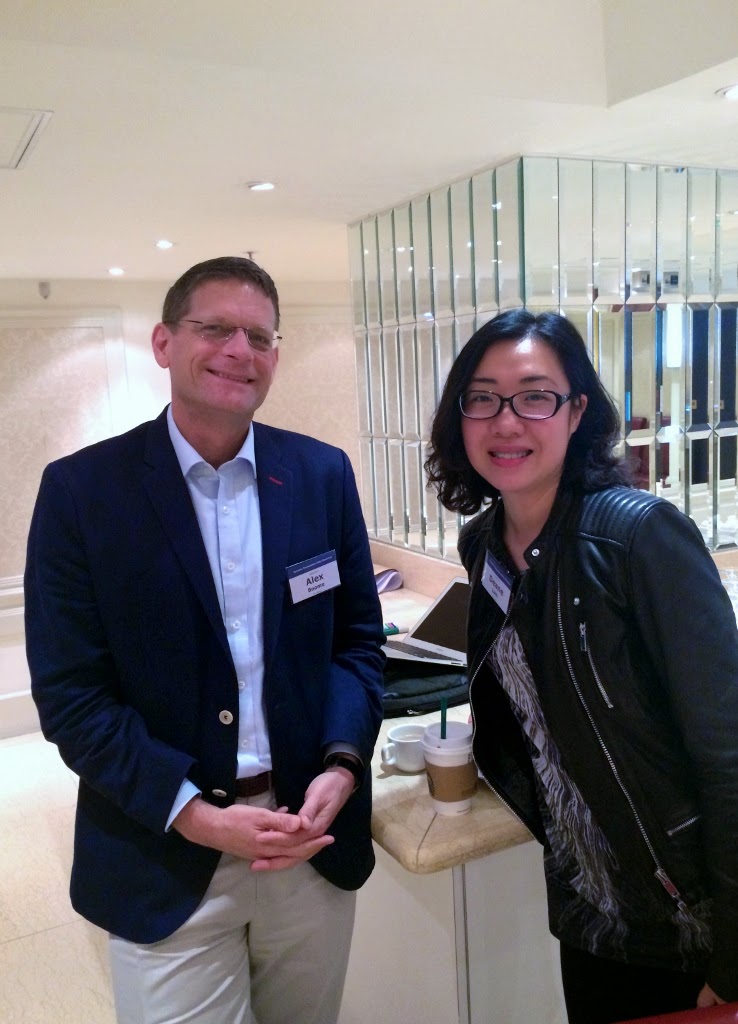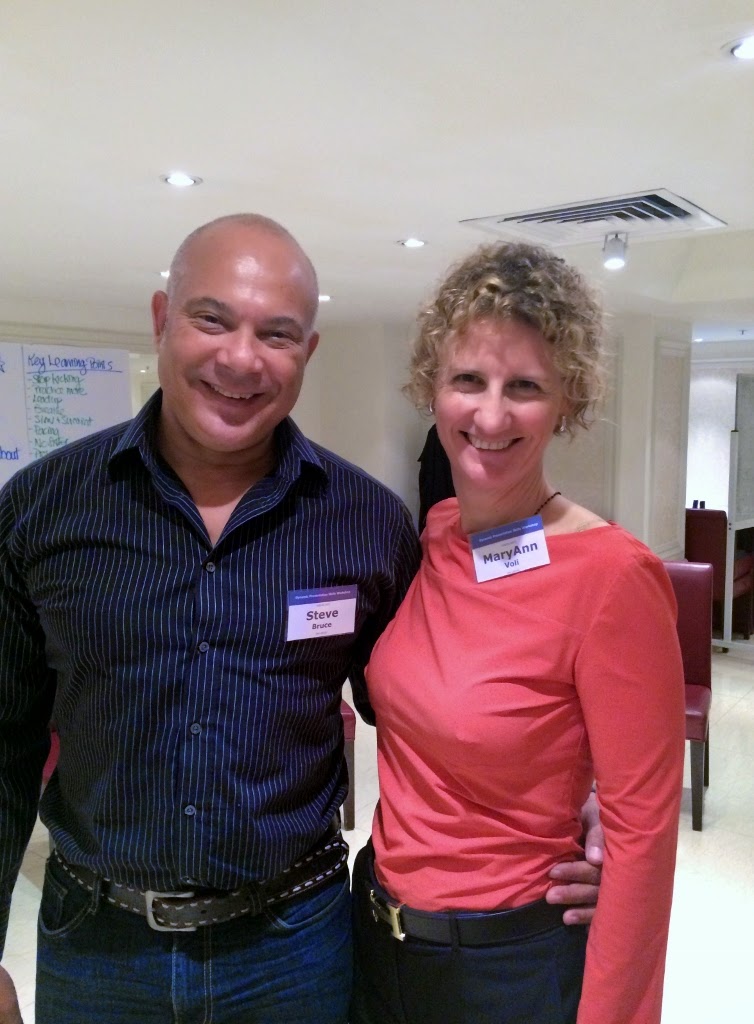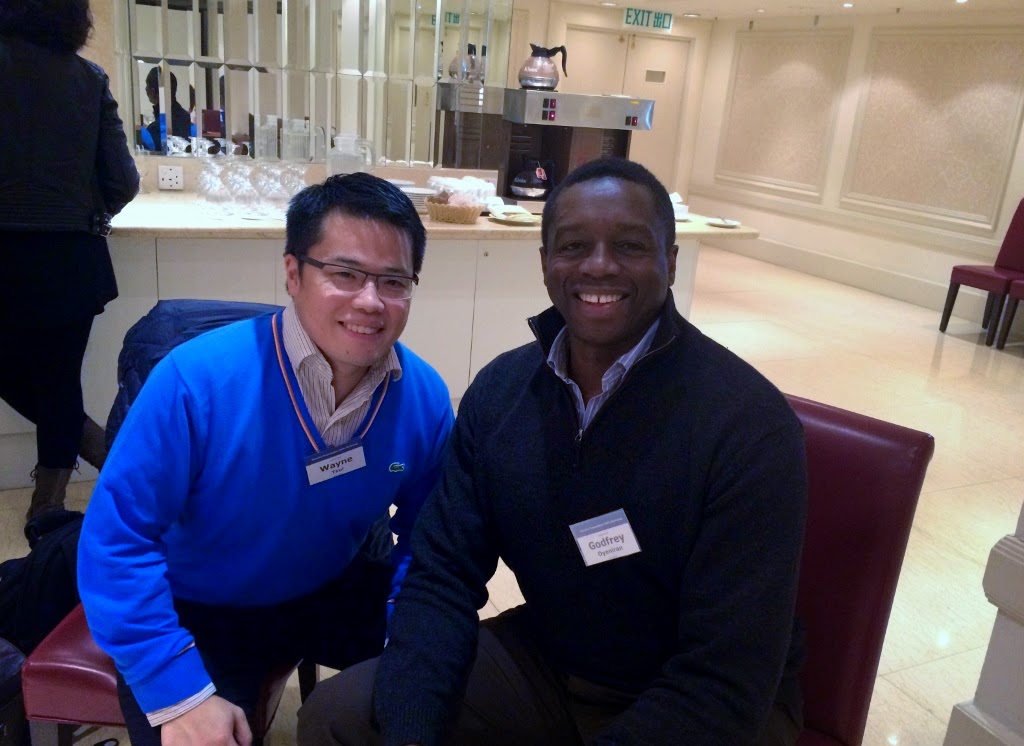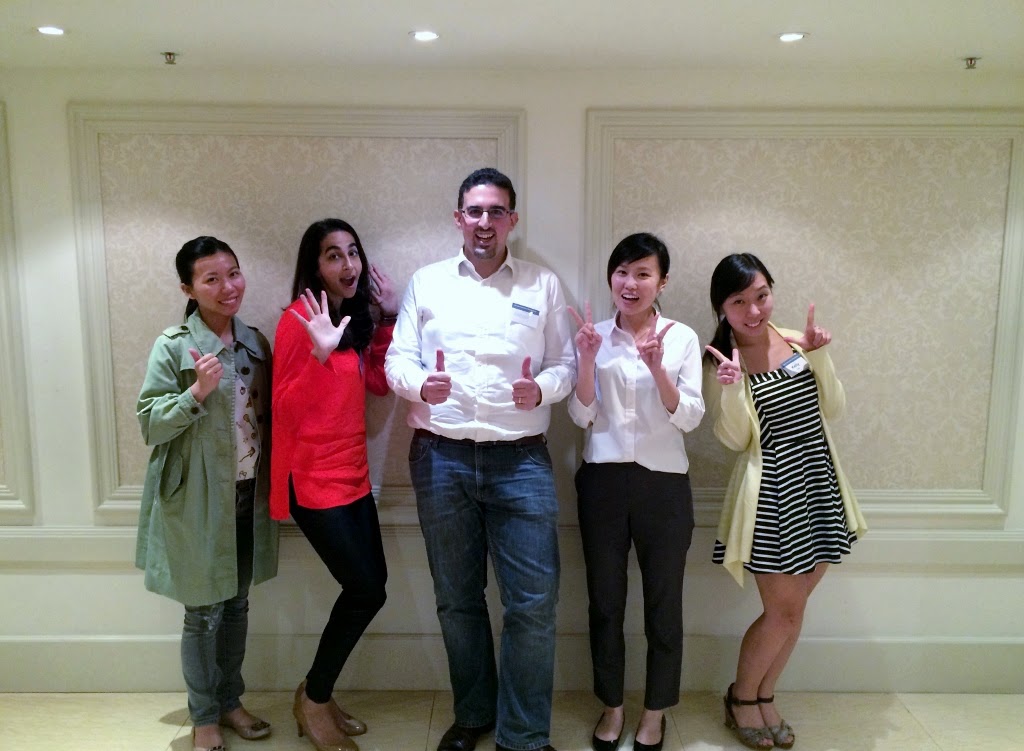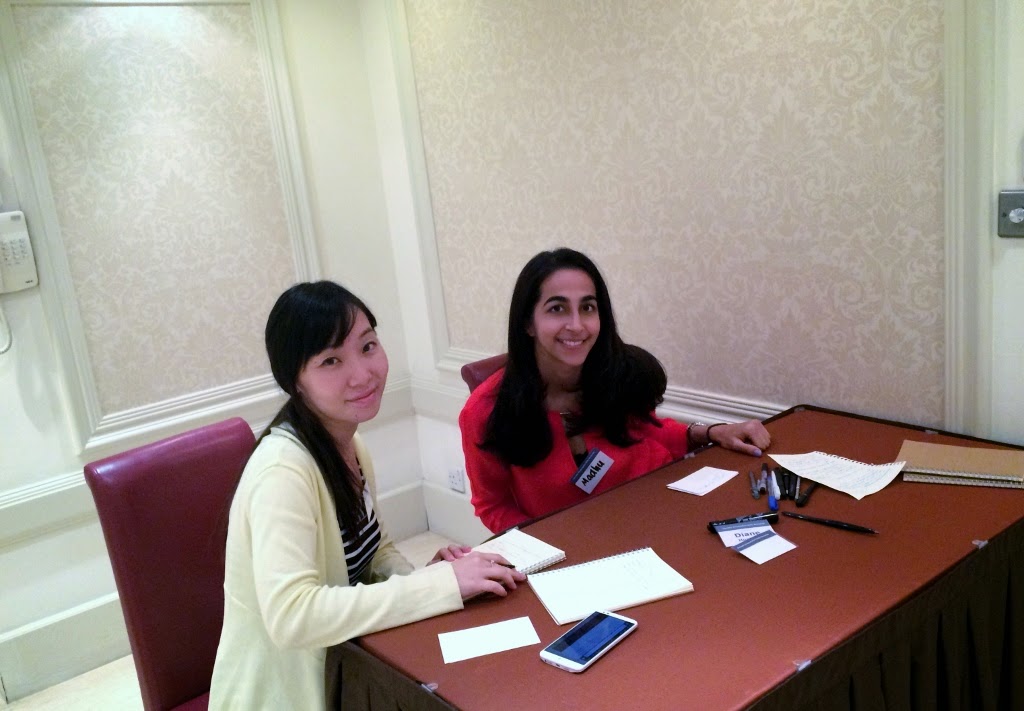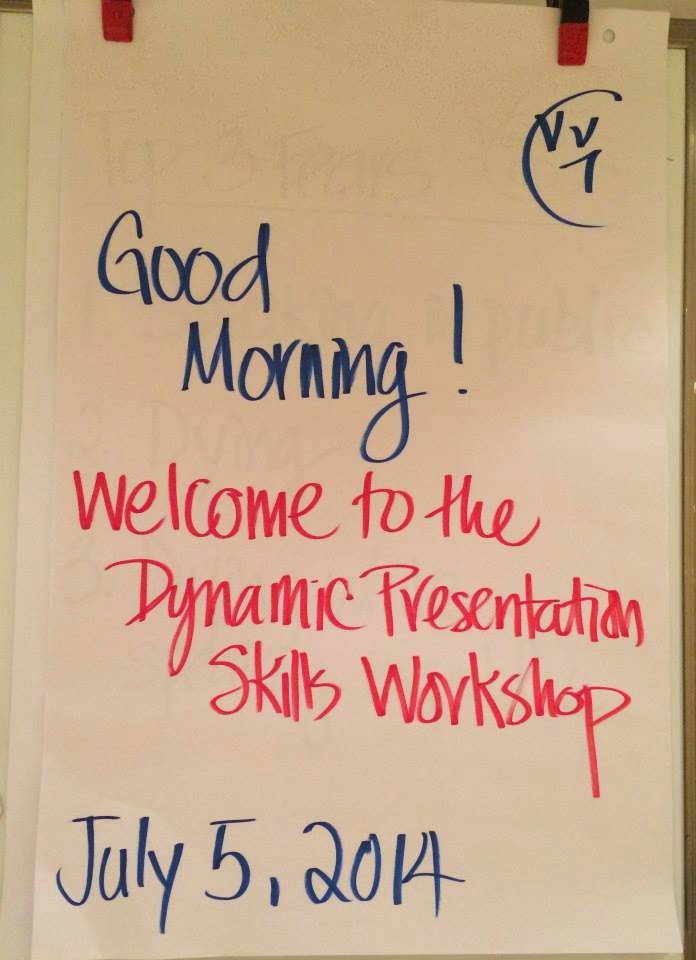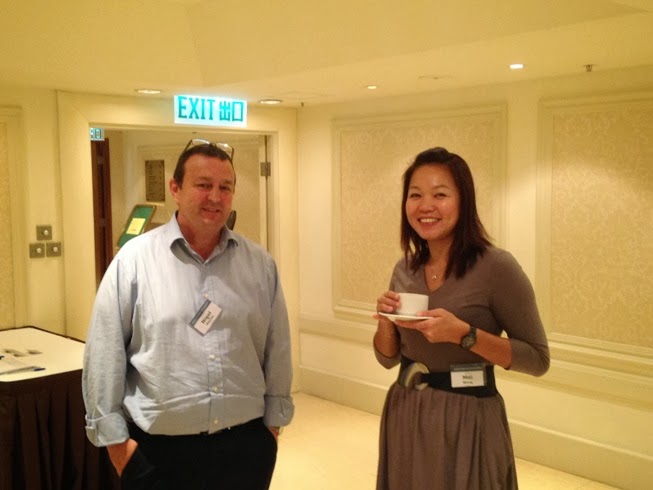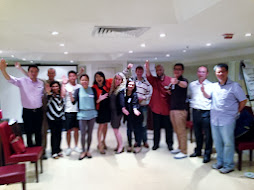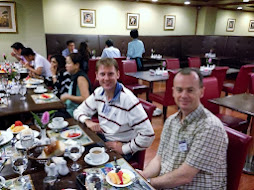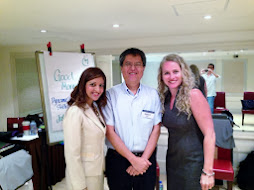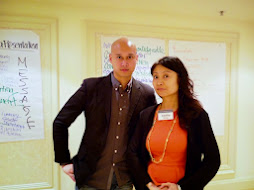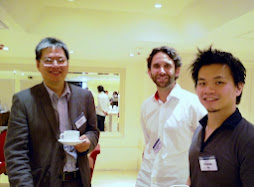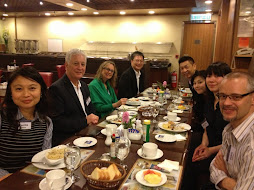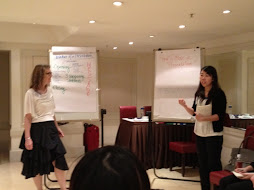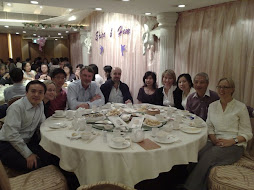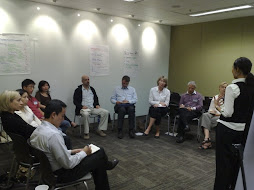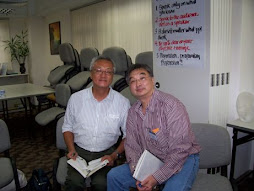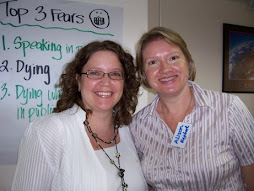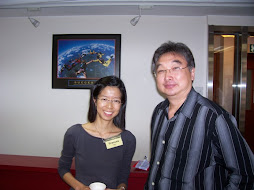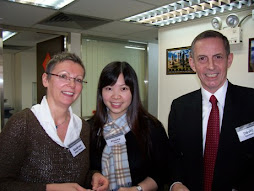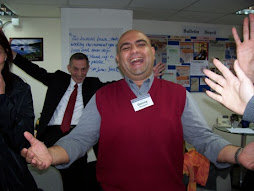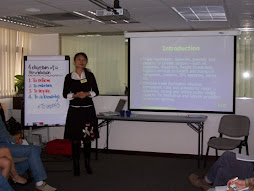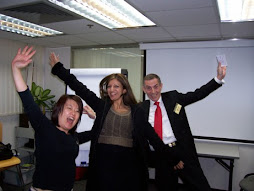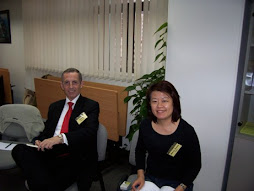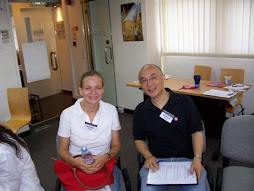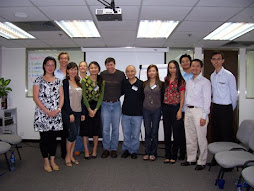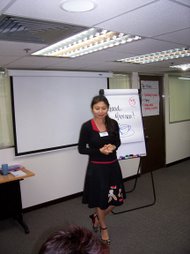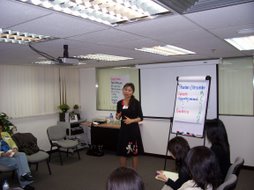One of the biggest communication atrocities to occur in the modern workplace is the use of PowerPoint as a presentation tool.
It has been so gro
 ssly misused that the term "Death by PowerPoint" (as in a slow and painful death of boredom) is now commonly known and a topic among top executives whether to completely ban this tool in the organization.
ssly misused that the term "Death by PowerPoint" (as in a slow and painful death of boredom) is now commonly known and a topic among top executives whether to completely ban this tool in the organization. "We had 12.9 gigabytes of (Microsoft) PowerPoint slides on our network. And I thought, 'What a huge waste of corporate productivity.' So we banned it. And we've had three unbelievable record-breaking fiscal quarters since we banned PowerPoint. Now, I would argue that every company in the world, if they would just ban PowerPoint, would see their earnings skyrocket. Employees would stand around going, 'What do I do? Guess I've got to go to work.'" - Scott McNealy, Sun Microsystems
The purpose of the tool when it first came out in 1988 was to aid presenters in displaying visual imagery, graphs, charts or video clips that may not be able to translate across to the audience with a flip chart or whiteboard. It was intended to save the presenter time in preparing visuals or having to draw out the images or resort to overhead transparencies.
However, the modern use of it stretches far from the original purpose and gradually, it has become a mainstay in darkened boardrooms, dimly lit hotel ballrooms and conference halls where audiences have to struggle to stay awake from the onslaught of poorly prepared slides and slides of data, thus the term "Death by PowerPoint".
"PowerPoint presentations are a new form of anesthesia and torture. They were even used at the Abu Ghraib Prison." - Anonymous
Millions of PowerPoint presentations are made each day. A typical one would consist of 40 slides, packed with data, data and more data and the speaker is usually relegated to a corner, in the dark, to read off the slides one by one.
By doing so, the speaker has in fact, made him/herself redundant as people read faster than listen to the words. The presenter is just an audio accessory. A lot of time can be saved if the speaker simply emailed the presentation to those in the audience and they can choose to review the information at his/her leisure.
There is some good news! But before that, some more bad news...
The bad news is that 60-90% of the presentations that use PowerPoint are completely ineffective and typically, just serve to annoy audience members. An online survey of people who regularly view PowerPoint presentations cited the following as the most annoying:
1. Speaker reads the slides
2. Full sentences instead of bullet points
3. Text too small to read
These top 3 annoyances simply indicate that presenters inundate with too much information on screen and as a result, are not communicating effectively with the audience. So this is not a case of PowerPoint itself as the major annoyance but rather the presenter who uses it ineffectively.
More than half of the 680 people surveyed also added comments as to why they are annoyed and the general feedback was:
- A lack of presentation skills by presenters
- Not knowing how to use PowerPoint or presentation equipment
- Not being familiar with their presentations
- General lack of preparation
- Too much focus on the slides instead of the content
With all fairness, PowerPoint, in its defense is an incredible, user-friendly and multi-dimensional communication tool, if used correctly. It can be used to prepare proposals, project summaries and may be complemented with animation and add-on tools such as a voice-over.
For a presentation, it can be used very effectively when the speaker does not make it center stage and instead, uses it mostly for visually purposes.

Note: Google Steve Job's speech when he launched the iPhone. This is a perfect example of how to use visuals to enhance a presentation.
And now the good news! Because the prevalent use of PowerPoint has completely lowered the standards and quality of presentations, nowadays, anyone who can speak a key message to an audience in a structured way without a slideshow would be considered an accomplished speaker!
A speaker running slide after slide of long scripted sentences on a corporate designed template and then reading the words with their back to a comatose audience in a darkened ballroom is NOW the norm and general standard for a business presentation.
If you actually turn on the lights, connect with the audience, address their concerns and speak on stage without the crutch of a dazzling slideshow, you will be seen as a very skilled presenter! In summary, PowerPoint is a very useful communication tool with numerous applications. Unfortunately, it is just misused and way overused for presentations.
Here are some additional pros and cons of PowerPoint:
Pros:
- Display images and visual data to enhance presentation
- Multi-media applications can add impact
- Reinforce corporate branding and image (logo display and slide design)
- Can be used as a tool to show complicated processes or concepts in a visual format
Cons:
- Technical problems often occur
- Presenters overload slides with data
- Audience prefers to read slides then listen to presenter
- Presenters do not have a key message due to masses of slides
- Speakers use the presentation as a prompter
- Screen usually take center stage, forcing the presenter off to the side
- The slideshow or PowerPoint presentation dominates, making the speaker redundant
- Presentations are made in the dark therefore speakers have to work harder to maintain the attention of the audience members
PowerPoint is a tool to enhance a speaker's presentation and is not the presentation itself. When you are preparing for your next presentation, rather than pulling out your last PowerPoint to update the slides, take some time to think about what message you wish to convey and ways to help your audience understand this message such as sharing a case study or sharing research statistics.
Use it as a tool to enhance your presentation and remember a speaker has the ability to influence an audience, not the projection of data on a screen.


